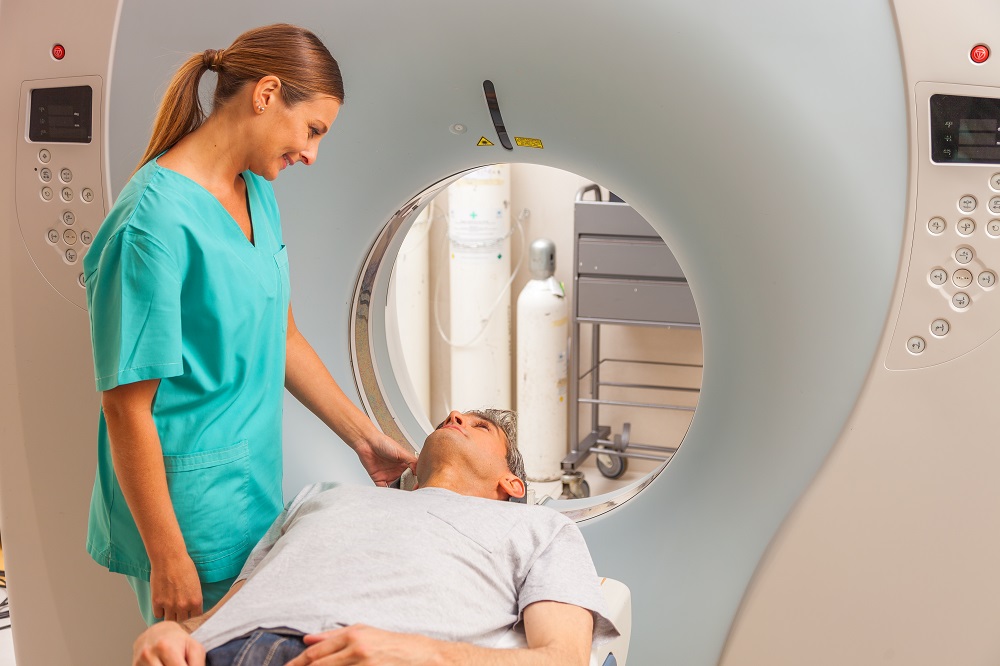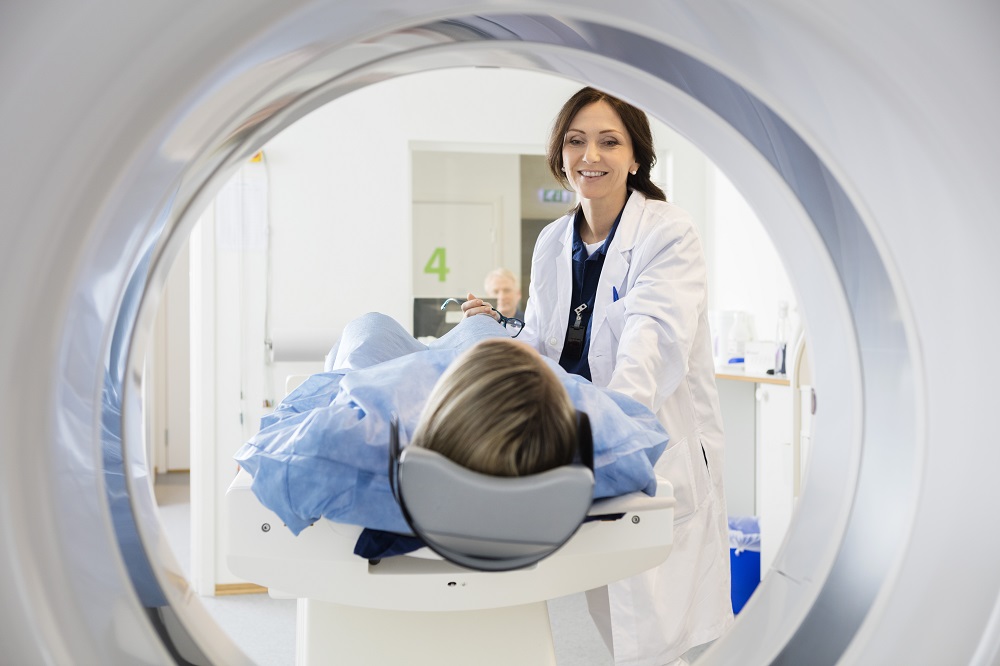
Diagnostic imaging allows medical specialists to see inside a patient’s body. Some of the more popular imaging procedures are X-ray scans, ultrasound, CT-scans, PET scan, and MRI. Mammography, bone mineral density and fluoroscopy are diagnostic imaging procedures as well. In American Fork, the value of radiology in disease management is not overseen by physicians. The detailed information available from imaging techniques helps many doctors in the area to diagnose and manage different types of illnesses.
Early Diagnosis with Imaging Techniques
When there is no diagnosis of a disease, how can any doctor start to treat it? Detection of an illness is the first step to developing an effective treatment. A physical examination supported by a history of present illness may not be adequate sometimes, and radiology provides the essential data that would otherwise be unavailable to doctors.
Radiography, Straight from the 1900s
Radiographic imaging has changed the face of medicine in the past century. Radiographic image interpretation has been useful to physicians since the early 1900s. Aside from diagnosis, medical imaging is essential in monitoring disease management and in predicting outcomes of treatments as well. Today, given the advances in technology, images can be processed further and transmitted for shorter periods. Modern techniques in quantitative and functional diagnosis provide great anatomical detail. Equipment with greater sensitivity produces images with better accuracy.
The development of these imaging techniques in the medical field has made it possible for doctors to be involved in the management of a patient’s illness even when separated by great distances. Radiology is considered by many as the cornerstone of any healthcare facility, and as such it receives about ten percent of the total annual spending in healthcare in America.
The Work of Radiologists

Diagnostic imaging is the work of radiologists, and with the information they provide, they save millions of lives. Medical imaging usually involves the use of radiation, and the images require specialist knowledge. Radiologists must have the knowledge and skill to recognize the image and identify abnormalities. Before a radiologist can practice in the United States, he or she must pass a licensing examination as well. Aside from being a member of a healthcare team, a radiologist can also supervise a radiologic technician in operating imaging equipment.
Hospitals Need World-class Radiology Departments
A modern radiology department in any hospital must adhere to the highest standard. Patients deserve a smooth sailing experience—from scheduling to testing and eventually to claiming of test results. Radiologic experts and technicians are expected to perform as highly trained professionals, capable of explaining not only the details of the procedure but the risks involved as well. Department radiologists must have the knowledge and skill to interpret results accurately for appropriate referral and management.
Typically, medical imaging results are correlated with other findings and test results conducted on the patient. A radiologist plays a vital role in healthcare when they interpret the results of medical imaging tests that lead to the right diagnosis, and consequently appropriate treatment. Image-guided therapeutic intervention has saved lives in the past. One day, radiology could save your life as well.



